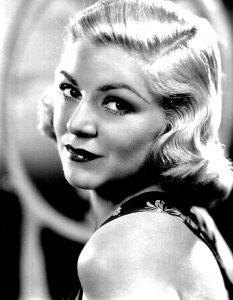Cinema noir is a cinematographic genre of great relevance in the industry. Like any genre, it has a characteristic aesthetic and narrative. Despite being born in a marked historical context, this genre is still relevant and is present in today’s cinema.
Also known as “black cinema” in Spanish-speaking countries, it was born in the 1940s, a decade marked by the great depression, prohibition, and the Second World War. These themes are generally addressed in these films, so it is quite possible to read the United States’ reality at the time from the cinematographic narrative of this genre.
Cinema noir became a very important artistic influence, impacting even literature, and being a later inspiration in contemporary films such as Sin City (which takes its aesthetic from a graphic novel).
What is cinema noir? These are its characteristics.
Cinema noir has its own aesthetic and narrative characteristics. In the narrative field, these stories tend to have the police and mysterious character lacking happy endings, with unsuccessful love relationships, loaded with doom, fear, betrayal, and lacking of naivety and optimism.
As for aesthetics, the very name indicates it: noir or black cinema has a close relationship with the night. For this reason, most of the action in these movies take place at night time.
To complete the nocturnal aesthetic, cinema noir borrows the traditional technique of chiaroscuro and gloom, with a very narrow influence of German expressionism born at the beginning of the 20th century in arts such as photography, cinema, painting, sculpture, and the architecture. The influence of figures such as Fritz Lang, Robert Siodmak, and Michael Curtiz in the cinema of the 30s allowed directors of noir cinema to capture through lighting techniques the psychological state and the scenographic environment, typical of expressionism.
Other characteristics of cinema noir include the scenery such as alleys, luxury places, apartment buildings, residential hotels, places with fog; characters such as taxi drivers, waiters, the figure of the femme fatale (low necklines, lipstick, dressing rooms, dressers, high heels, gloves), the insightful hero (femme hats, suit, tie) and mysterious characters.
Reference films of cinema noir
To understand what cinema noir is, you have to see it, and this is a list of references that date back to the 40s-50s:
 Stranger on the third floor
Stranger on the third floor- The Maltese Falcon
- This gun for hire
- Scarlett street
- The Killers
- Death of kiss
- They Live By Night
- Kiss me deadly
- Simple blood
- Lify of the scaffold
- The third man
- Out of the past
- Double Indemnity
- Touch of Evil
- Chinatown
- The Big Sleep
In contemporary cinema, there is also cinema noir, or at least inspired by the genre of the 40s and 50s. Here are some:
- Pulp fiction
- Exotic
- Seven
- Sin City

